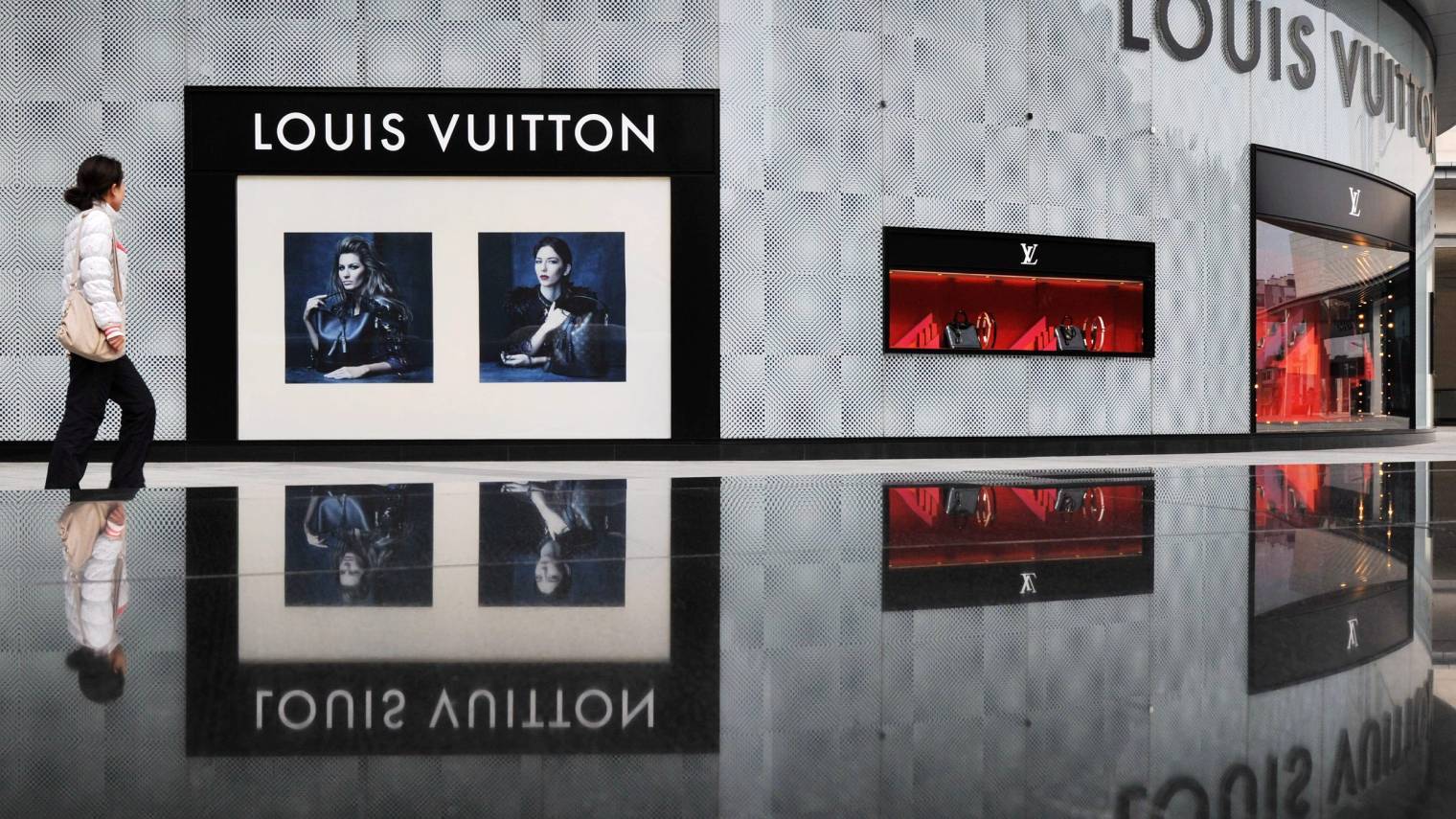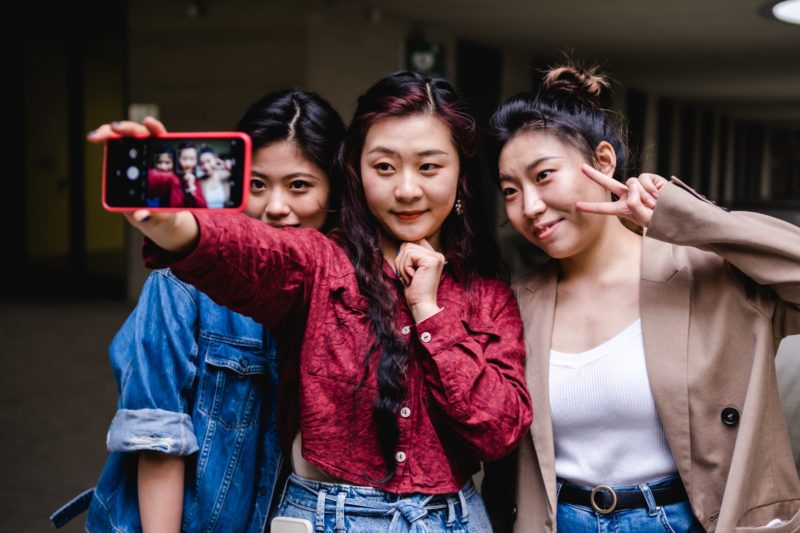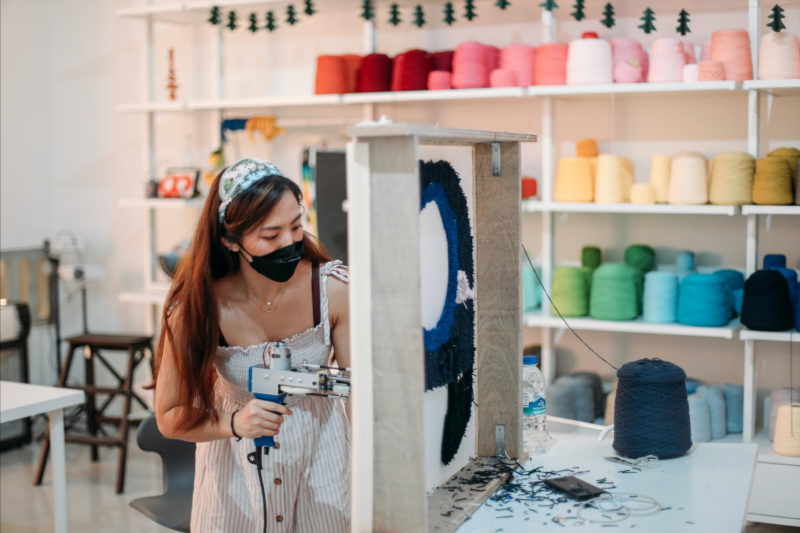While most international brands marketing in China now are no strangers to Chinese social media, it still doesn’t mean smooth sailing for foreign players in the market. Ever-fiercer online traffic battles coupled with higher content requirements, continuously reset by China’s savvy Internet users are testing marketers, challenging them, in particular, those who are of the luxury industry.
The prolonged pandemic has sped up the digitalisation amongst global labels who do not want to miss out on China’s booming luxury industry, pushing market leaders such as Balenciaga, Dior, Louis Vuitton, Prada, and Tiffany & Co. to land on China’s digital space including Weibo (China’s biggest microblogging website), WeChat (instant messaging app owned by Tencent), and Xiaohongshu (a Chinese lifestyle-sharing platform) in order to leverage the lucrative demographics of Gen Z who are the main users on these platforms.
The relatively easy landing on these largely text-and-picture-oriented platforms has soon drawn in new entrants, weakening the competitiveness of every market player. In the meantime, short video platforms, in particular, China’s TikTok Douyin and its competitor Kuaishou, are showing opportunities for further growth of luxury brands with their user growth strategy, which is now focused on Chinese consumers in tier 3 and tier 4 cities.
While the video platforms are desperate to engage with more users from lower-tier cities in order to expand their user bases, luxury brands are also keen to further penetrate the market in those areas. As the market in China’s major cities is saturated, consumers in lower-tier cities have been showing a great appetite for extravagant purchasing. Therefore, using short videos would not only allow luxury brands to capitalise on the already large user base on those platforms but also find a shortcut to the audience they intend to reach out to.
Such potential has been shown by Louis Vuitton, with its Spring-Summer 2022 menswear fashion show livestreamed on Kuaishou last June, with more than 38 million tuning in. While the Spring-Summer 2022 womenswear fashion show in Shanghai last November garnered an accumulated view of 158 million on video streaming platforms including Douyin, Kuaishou, and Xiaomi TV OTT (Over The Top, a media service offered directly to viewers via the Internet). Following suit was Dior, who brought its Autumn-Winter 2022 womenswear fashion to Douyin earlier in March, drawing in 40,000 live viewers.
With hopeful results from these early experiments, it can be expected that there’s more that short video platforms can offer for luxury marketers but the fast-changing digital dynamics mean only those who can adapt quickly can succeed in China’s digital marketplace.









